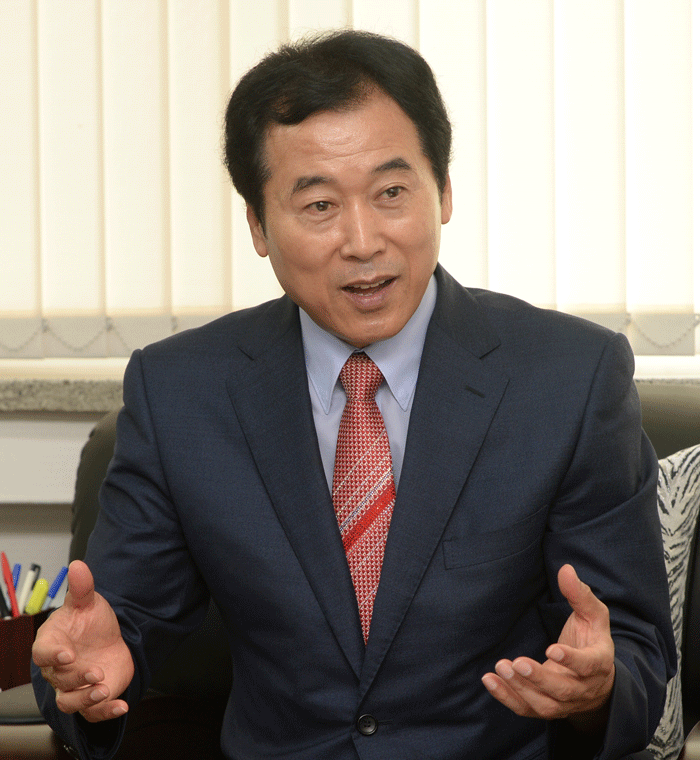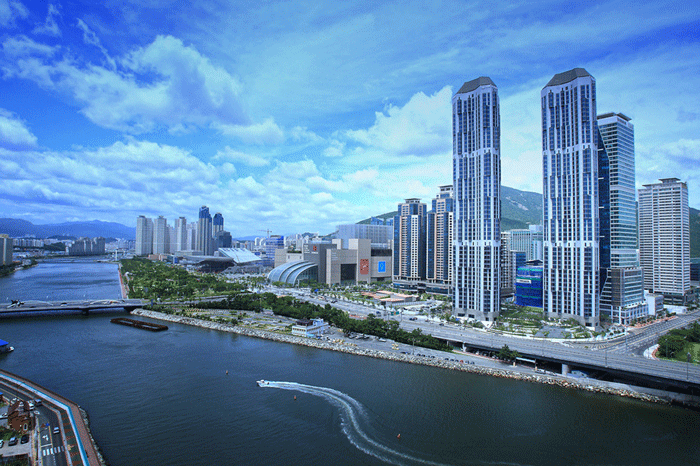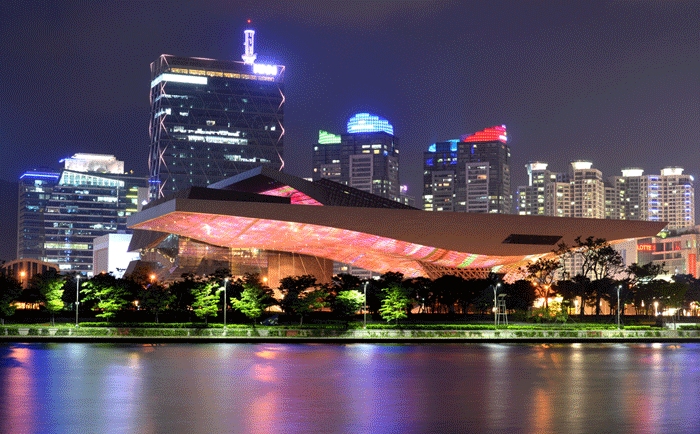Increasingly becoming a “healing center”
Manhattan of Korea! San Francisco of Korea! The Seaside City that Rivals the World’s Three Most Beautiful Ports! This is a multitude of adjectives that describe Haeundae, which offers a lot of charms. Indeed, Haeundae is attractive and alluring to everyone who sees, touch, and enjoy it.

Of late, people’s remark that “I want to travel to Haeundae aboard the KTX high-speed train” is more popular nationwide than the one that “I want to fly to Jeju Island for vacationing.”
Haeundae, Korea’s best known resort city, offers a lot of tourist attractions including Haeundae Beach, Songjeong Beach, Moontan Road, a promenade on Dalmaji (Greet the Moon) Hill, and Dongbaek Island.
When you walk alongside Haeundae Beach, Moontan Road, Dalmaji(Greet the Moon) Hill, and Songjeong Beach, while reveling in sea waves, songs of birds or moonlit, your fatigue will be washed away. Lately, Haeundae is increasingly becoming a “healing center” that heals people who are tired of city life.

There are numerous cultural tourism infrastructure. Among them are the Busan Cinema Center, the official venue of Busan International Film Festival(BIFF), BEXCO (Busan Exhibition and Convention Center) which transforms Haeundae into a MICE (meeting, incentive travel, convention and exhibition) city, Haeundae Yachting Center, a mecca of marine sports, and the Bay 101. The Bay 101, on Dongbaek Island, is two stories high with two levels underground, and offers yachting, boat rides and jet skis.
Other facilities located in Haeundae are Nurimaru APEC House, Busan Aquarium and top-rated hotels.
There are attractive cultural facilities, including are art galleries and musical theaters. The abundance of cinema-related facilities in Centum City demonstrates that Haeundae could develop into “Asia’s Hollywood” and the “best cineport” in Asia. Of particular note, the Busan Cinema Center, the venue of BIFF, is a “proud” landmark of Busan. Busan is no longer a cultural desert.
From an architectural perspective, the Cinema Center is a historic work that embodies the theories of deconstructivism while exhibiting a sense of formative beauty. The center’s ‘Big Roof’ is the largest roof in the world (2.5 times larger than a soccer field) and comes complete with 120,000 LED lights, which help create an unforgettable scene along with Suyeong River and Naru Park.

The Cinema Center consists of three buildings: Cine Mountain, Biff Hill, and Double Cone. The main building, Cine Mountain, has three theaters for screening movies and one performing arts theater, featuring the world’s best stage performances. The Busan Cinema Center is said to be the first culture complex worldwide to combine movie theaters and a performing arts center in one building.
Haeundae is also famous for its night scene. Haeundae’s best-hidden secret to its charm is its night view. Among all night views of Haeundae are skyscrapers in Marine City, Diamond Bridge and Gwangan Bridge.
A variety of festivals that are held year around in Haeundae and nearby areas add pleasure to tourists. Among them is Haemaji (New Year’s Sunrise) Festival that attracts a lot of tourists with a variety of fun and exciting events such as a boat parade, a helicopter air show, and wish balloon launching.
The Polar Bear Swimming Festival was chose by BBC as one of the world’s 10 best extraordinary winter sports. The summing contest is held every winter at Haeundae Beach. It is an opportunity for participants including foreigners to wish for good health in the coming year and promote both a sound body and mind. Dalmaji-Hot Spring Festival, which is held on the lunar January 15, attracts 100,000 tourists from Korea and abroad. People make wishes burning a moon-shaped object made of pine wood.
Haeundae Sand Festival is Korea’s only eco-friendly sand- themed event. It is held in June every year in Haeundae Beach, and has diverse events including the fantastic Sand World, beach volleyball, beach football, and sand school experience.

The Busan Sea Festival, held first in 1996, offers various cultural events and unique hands-on programs. As Korea's largest summer festival, it puts on many exciting programs including a great opening ceremony, cultural performances, and other special events. Haeundae has been a regular host of the annual Busan International Film Festival, which has emerged as the world’s fifth largest film festival.
Haeundae Beach in Haeundae- gu is located at the southeast end of the city of Busan. Haeundae Beach is 40 minutes away from Busan's main railroad station (in the downtown area), and less than one hour from Gimhae International Airport. Along with Seogwipo's, Haeundae is one of the most famous beaches in Korea. Because of its easy access from downtown Busan, the beach is busy year round with many types of beach festivals. Visitors to the beach come from all over Korea as well as outside of Korea.
"Haeundae" was so named by scholar Choi Chi-Won (857~?) of the Silla Kingdom (BC 57~AD 935). When he was walking past Dongbaek Island, he was fascinated by it and left the carved words "Hae Un Dae" on a stone wall on the island.
Haeundae Beach is 1.5 km long, 30~50m wide, and spans an area of 58,400㎡. The white sand is rough and sticks easily to your skin. The sand of this beach is composed of sand that comes from Chuncheon Stream and shells that have been naturally eroded by the wind over time.


